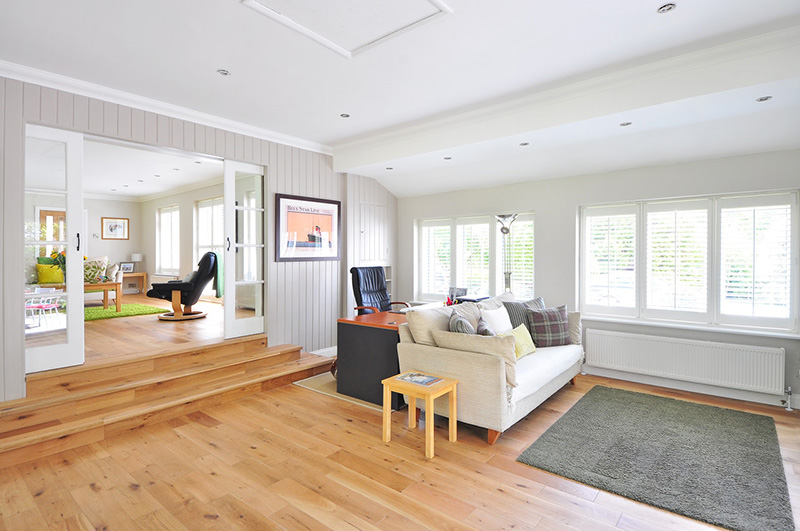As homeowners search for ways to increase curb appeal or improve the livability aspect of their home, we’ve seen the rising trend towards universal design in residential projects. Universal design emphasizes accessibility for those with limited mobility and functionality for people who live with a physical impairment or disability. While beneficial to people with disabilities, universal design can also help aging adults live independently for longer. The following are basic ways a homeowner can utilize the concepts of universal design in their home.
Layout
When considering the floor plan in your own home, study the blueprints or take an observational walk with your contractor. Using his or her keen eyes, identify areas in the home that aren’t functional. Perhaps there is an interior wall that can be removed or a room that can be rearranged. These changes can not only increase mobility throughout the house, but they can create more space and be more aesthetically pleasing.
Features
Everywhere in your home there are design features that may or may not suit your needs or the needs of someone with a physical impairment. Take for example a raised door threshold or a series of steps to enter a room. These design choices may seem harmless, but they can create a larger barrier for a person with a disability when moving from room to room. Cabinets are another feature in a home that are often overlooked when planning for a person with a disability. If a person is in a wheelchair or has an increased risk of falls, high shelves and cabinets won’t be functional or safe. Talk to your contractor or design expert about lowering cabinets, countertops, and workspaces for a more user-friendly home in this situation.
Technology
Smart home technology is fast becoming a recommended home modification for people working around physical disabilities. Think everything from home security systems to touch-sensitive faucets. These added tech solutions can increase safety in the home and make day-to-day tasks more manageable. Smart home technology can make independent living a possibility for so many people living with an impairment or disability.
While home renovation costs can be expensive, there are many options available to homeowners. For a family or individual who is making home modifications to adapt to a disability, there are legal avenues to consider to receive compensation. For example, the parents of a child with a birth injury like cerebral palsy might have a valid legal claim; any money they are awarded could go towards home modifications, medical costs, and future long-term care for their child. If you are a non-disabled homeowner, you might consider applying for a home improvement loan like a Section 203k loan. Backed by the Federal Housing Association (FHA), this loan provides homebuyers and homeowners with the money needed for necessary home renovations.
Accessibility is something that we still strive for within our communities and public areas, but people shouldn’t have to live in homes that restrict their freedom or mobility. There are solutions available to make any home more functional and adapt to our circumstances in life. Whether we are adjusting to a disability or simply planning for the future, universal design can improve everyone’s quality of life within their own home.
Author Bio
Caitlin Hoff uses her background in product design and her passion for health and wellness to educate consumers. She aims to shine awareness on important consumer topics that affect people every day. Through her writing, Caitlin hopes to guide families and individuals to make smarter decision and improve their overall quality of life. For more pieces by Caitlin and for more consumer health and safety news, follow https://twitter.com/ConsumerSafetyO

